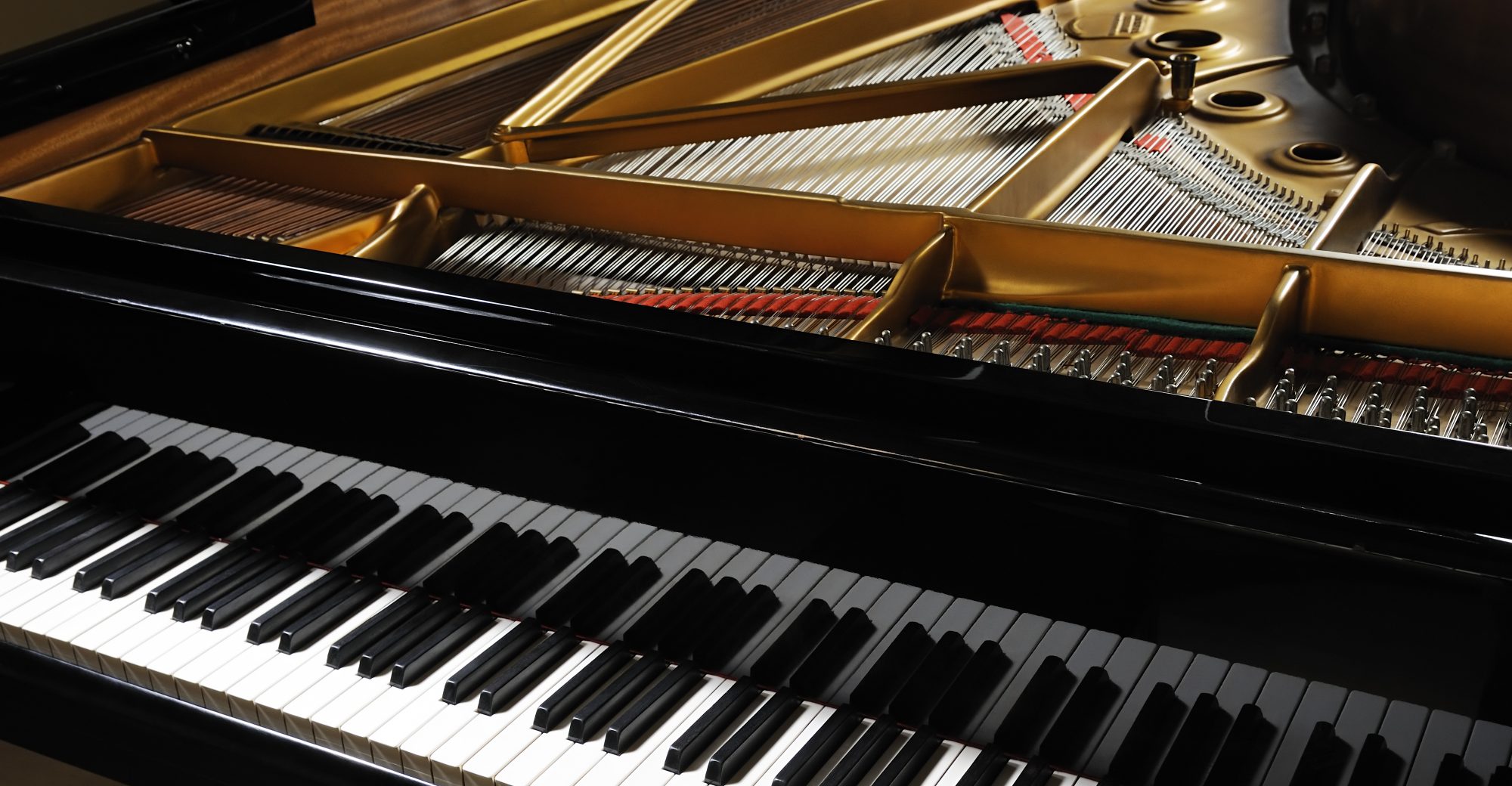At the start of this past week I helped polish the Proposal Presentation slides in preparation for the week’s presentations. In particular, I created the Physical Implementation Model mockup as well as the block diagram. I also helped Aden prepare for the oral presentation.
Since my main responsibility area for the project is handling the microcontroller component, I have been brainstorming ways to organize the information from the XML so that the microcontroller can translate each individual note into scheduled signals that can be sent to the transistors to switch our solenoids on or off. Currently, I am envisioning a dictionary-like structure whose keys are certain “time” pointes (where the length of a time unit are determined by the tempo from the parser) and the values are a list of tasks to execute at the corresponding time (i.e. turn a specific solenoid on or off). When the microcontroller is playing a song, it will increment a counter for the time and retrieve the corresponding tasks at that time.
Since the XML file contains a lot of extraneous text, I will be working on providing Rahul with specifications for what should be kept in the file that is sent to the microcontroller. At a minimum, I will need the tempo value (or text description) of the piece and a sequence of notes with their pitches and duration.
We are planning on using a 30V 5A DC power supply that I have on hand to power our solenoids. Based on some preliminary power calculations using data from last semester’s Talking Piano group (since we don’t have access to the physical components to test yet), we determined that we would need a max power of (12V)(1.5A)(5 solenoids) = 90W for 5 solenoids turned on at one time. If the solenoids we end up buying draw comparable current, we may have to reduce the number of active solenoids to three at a time so that we are below the 5A limitation of our power supply. To lower the overall power so we meet the 60W average power requirement, I looked into the possibility of using a PWM servo driver for switching the transistors so that we can lower the average power. However, since PWM inputs for solenoids are used for position control, we would have to make sure it is still able to press a key down fully.
I requested a Raspberry Pi 4 from the 18-500 parts inventory, so I am hoping to set it up and familiarize myself with the environment in the coming week.
While I do not have any physical code written, I am ready to start implementing the data structures and initial algorithm for the scheduler. Thus I believe I am on schedule and should have completed a first pass implementation by the next status report.
